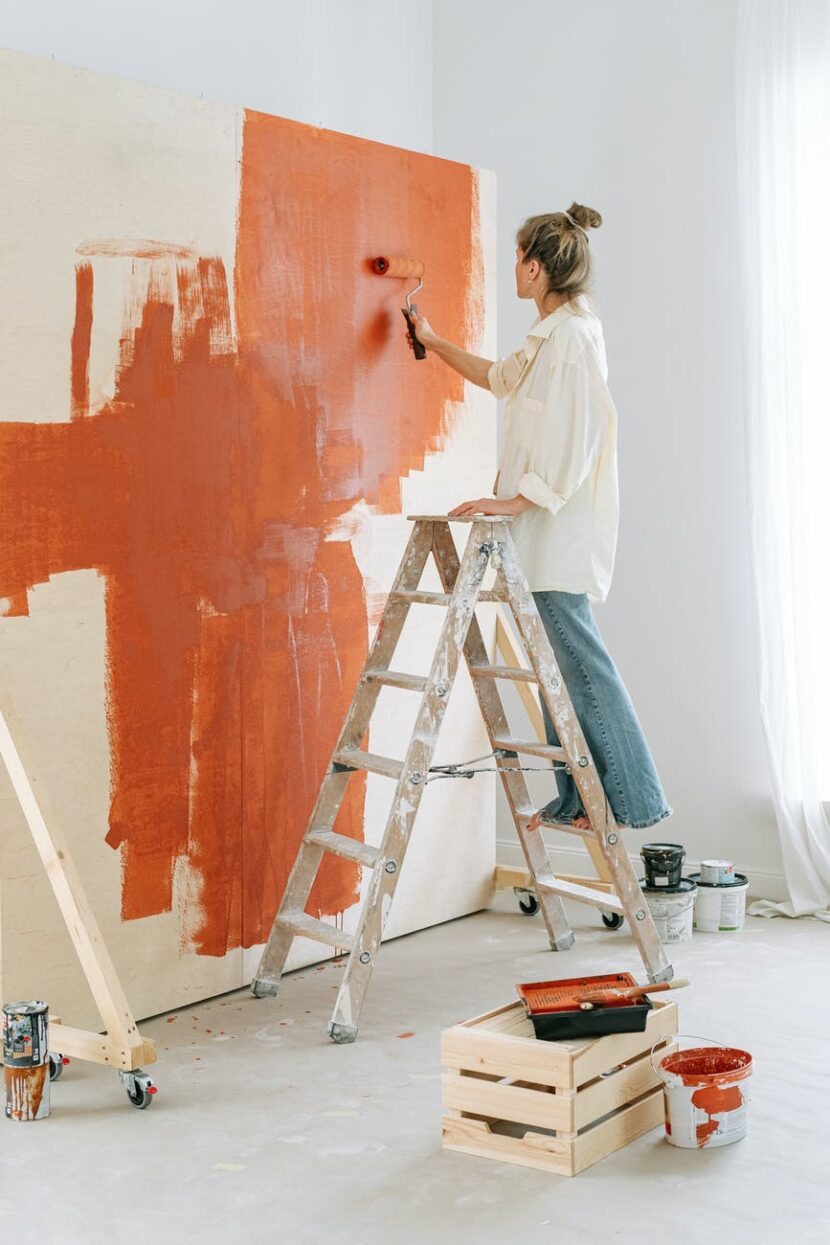House Painters Adelaide use pigments on surfaces, applying them with brushes or spray guns, to transform them into captivating works that stir emotion and convey stories. They employ various styles and techniques – brush strokes or color blending – in order to produce unique visual effects that express themselves visually.
Painters typically work in art institutions or studios, or on projects requiring them to travel and complete on-site painting projects. Their positions require them to possess both creative flair and technical proficiency.
Painting Techniques
Painting techniques are used by artists to achieve different textures and finishes in their pieces. While some techniques may be more complex than others, learning them will help you become a better painter and expand your art portfolio.
Underpainting, glazing and stippling are some of the most commonly employed painting techniques. Underpainting adds contrast and tone to paintings while providing a foundation for further layers of color to be added on top. It can be used on any surface including watercolor paper and canvas. Glazing involves adding transparent hues over painted surfaces in order to add texture and bring out details in landscape paintings featuring trees and mountains.
Stippling is a painterly technique that utilizes dots to form shapes and lines on canvas. This process can be completed with any brush or pen; its dots typically consist of small, single-colored dots. Stippling works especially well for abstract works that wish to experiment with abstraction while loosening up their painting process. Find out the best painter Adelaide.
Painting Materials
Artists depend on various tools and materials when creating artwork, such as brushes, paints, canvas, primers or gessoes to prepare surfaces before painting begins and protect surfaces from water or oil seeping through as well as adding texture – they come in various colors and sizes!
Other supplies needed for painting may include sandpaper for prepping surfaces, tape for covering non-paintable areas and various canvas sizes and types. They may also use color shapers resembling brushes but with silicone rubber blades instead of hair bristles and cranked shafts that enable more precise application of color.
Different painting materials provide different artistic interpretations (Graham 2015). Encouraging children to experiment with various kinds of painting materials during painting creation can enhance imagination, creativity, observation and cognitive experience; motivate learning motivation and establish creative thinking skills; improve learning motivation as well as foster creative thinking skills – and help foster better adaptation for children’s paintings created using various kinds of painting materials.
Painting Styles
There are various styles of painting, and it takes time for each painter to develop his/her own signature technique. Many painters experiment with various styles before selecting one that works best.
Oil paintings often feature visible brush strokes while acrylic and watercolour canvases are typically smoother in their aesthetic.
Cubism, another distinct style, involves dissecting subjects before reconstructing them abstractly. Many artists utilize this style to convey emotions rather than portray realistic images.
Other styles include pointillism, which utilizes small dots of one color to form images; this style can often be found re-creating natural scenes such as landscapes and flowers. Other techniques are less structured such as action painting which focuses on both the process of creation as well as emotion during that process – this was popular during the mid-20th century.
Painting Process
Painting is an artistic activity that uses visual language to express ideas and emotions. The elements of this language include shapes, lines, colors, tones and textures that produce sensations of volume, space, movement and light on a flat surface. They can also be used to represent real or supernatural events, interpret narrative themes or develop wholly abstract visual relationships.
Establishing the composition is the starting point of any painting project, whether that means sketching or placing main shapes on canvas with pencil, charcoal (for adding shadows), or acrylic paint. Doing this helps a painter plan where to place his or her vibrant hues.
Color is an essential element in painting. A skilled artist must understand the interaction of hue, intensity, and value – which measures how light or dark a shade of paint may be – because this can affect its overall impact.


